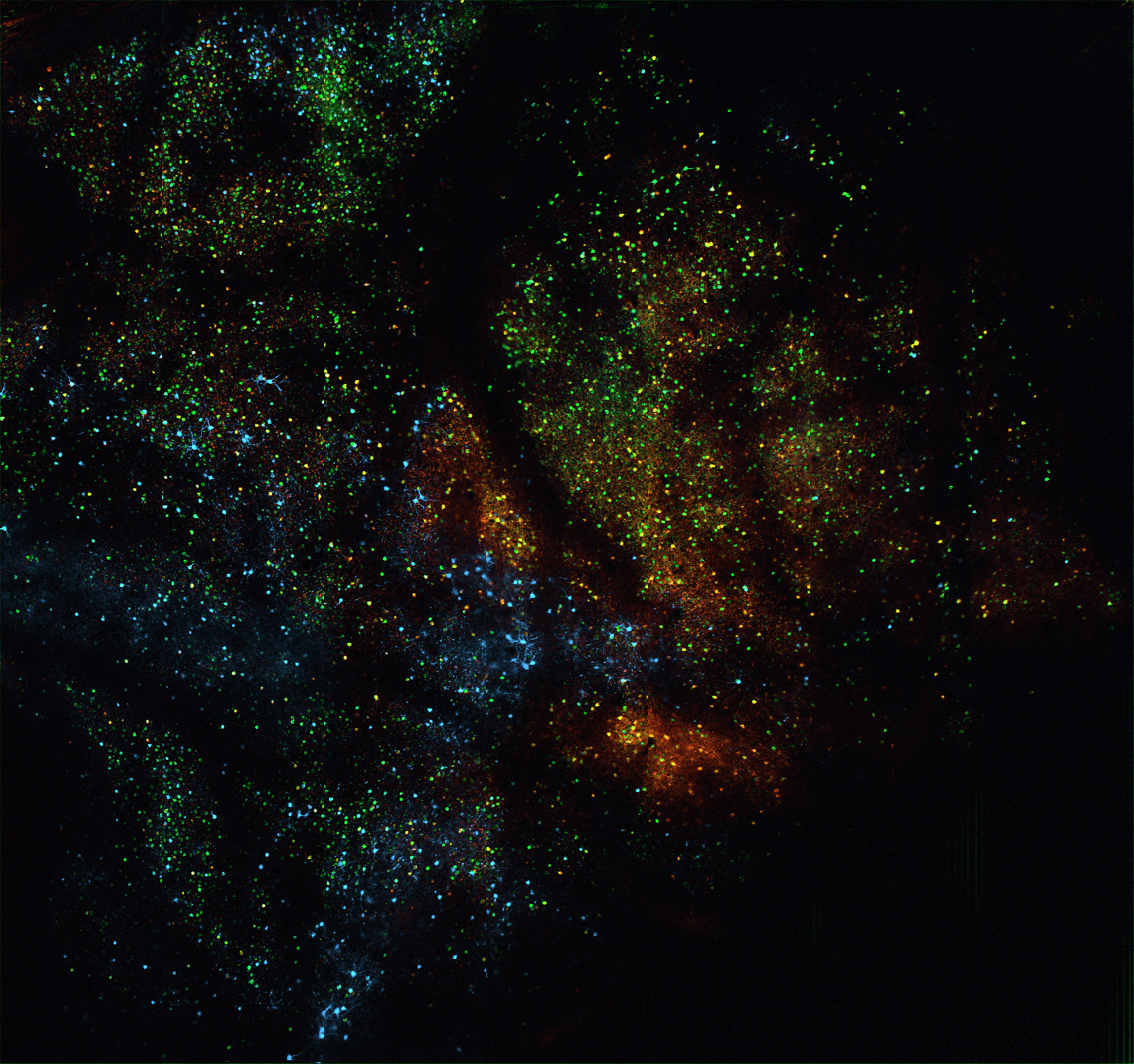Summary: Experimental evolution enables scientists to create better calcium and voltage sensors.
Over the past two decades, scientists’ ability to track neural activity with light has changed the face of neuroscience. Using genetically encoded calcium indicators, scientists can simultaneously monitor thousands of neurons, granting a much broader view of brain activity than was previously possible. “Now we can see the brain producing this beautiful symphony,” says Vincent Pieribone, a neuroscientist at Yale University.
But ever since these indicators were first developed, scientists have been striving to make them better. They want sensors that are brighter or glow in different colors, operate faster or slower, or can target different locations. Scientists presented their newest engineering advances at the third annual meeting of BRAIN Initiative investigators, held in Bethesda, Maryland, in December. They described calcium sensors that fluoresce in red, far-red and near infrared, as well as sensors designed to directly monitor changes in voltage. Whereas implanted electrodes can directly measure voltage changes in the brain, genetically engineered sensors have the potential to measure orders of magnitude more cells and to do so less invasively.


